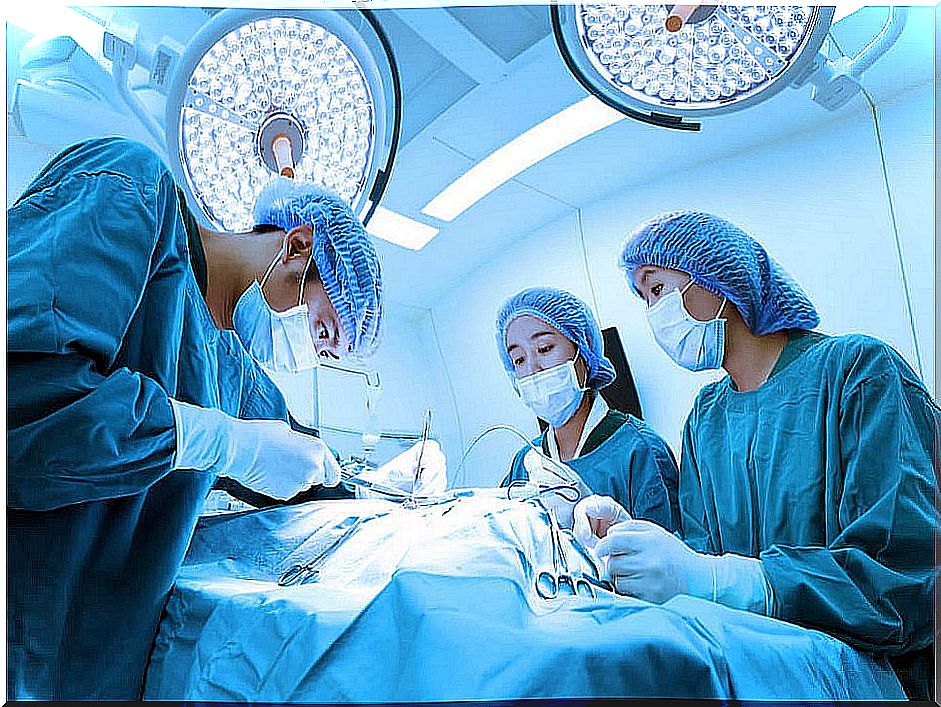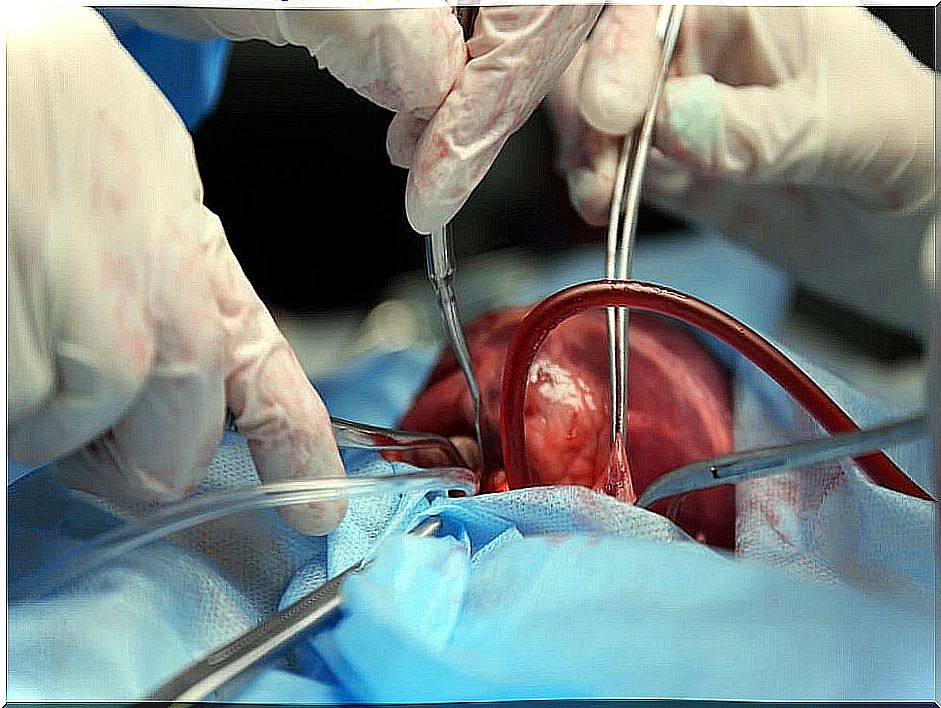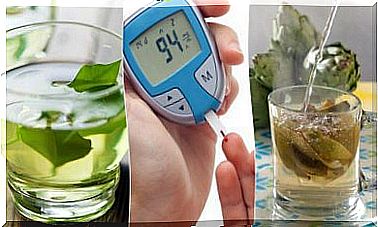Heart Transplant, What Does It Consist Of?
A heart transplant is an operation in which the healthy heart of a donor serves as a replacement for the diseased heart of a recipient.
This surgery is usually performed when the treatment that the patient was carrying out has not given the expected results. Thus, the disease continues and worsens, producing heart failure.
Heart transplantation is a complicated operation. However, the survival rate is high if the procedure is carried out properly.
Transplantation, generically, must be carried out within four hours of the extraction. This is why hearts are offered in the first place to transplant centers close to where the donor is located.
Reasons a heart transplant may be needed

As mentioned above, a heart transplant is only done if other medications and even surgeries have not worked. When it comes to adults, heart failure can be caused by various diseases. The most important are the following:
- Coronary artery or heart valve problems.
- Cardiomyopathy Which means a weakening of the heart muscle.
- Congenital heart problems.
- Ventricular arrhythmias.
- Amyloidosis
- Problems after a previous heart transplant.
When it comes to children, the most common problems are congenital heart defects or cardiomyopathies. In these cases, most of them manifest at birth or in early childhood.
Operation procedure
It consists of open heart surgery. The heart transplant process takes several hours. Also, if there have been other previous heart surgeries, the operation will be more complicated and take longer.
During the procedure, apart from the use of general anesthesia, a heart-lung machine is essential. This keeps the patient’s blood circulating through the body rich in oxygen.

The professional, through an incision in the thorax, will open the rib cage to be able to operate on the heart. After removing the diseased heart and inserting the donor’s heart, the surgeon connects the corresponding blood vessels. Afterward, blood flow is restored.
There is the option, in certain cases, in which you can perform a multi-organ transplant. That is, perform the transplant of another organ, such as the lung, liver or kidney, at the same time as the heart transplant.
Post-operative heart transplant
After the heart transplant operation, it is very important to carry out constant reviews and monitor the evolution of the patient. This is very important, especially because of the possibility of rejection that can occur to the donated heart.
The main rejection symptoms that occur are the following:
- Difficulty breathing.
- Fever and fatigue
- Weight gain.
- Insufficient urine.
To safely determine the possible rejection of the donated heart, biopsies of the heart are performed. The number of biopsies will decrease as time goes by. This consists of the introduction of a device into a vein towards the heart to extract a tissue sample that will be examined.
Apart from rejection, there are a number of additional risks that can put the patient in danger. These are:
- Problems with the coronary arteries. The arteries of the heart can become thick and hard. This can lead to cardiac allograft vasculopathy.
- Side effects of medications. Especially for immunosuppressants.
- Cancer. Immunosuppressants can also increase the risk of cancer.
- Infections. Because, due to immunosuppressants, the risk of getting an infection increases.
Ventricular assist devices

It is worth mentioning that there are a number of additional options to heart transplantation. These are aimed at people who, for various reasons, cannot undergo the operation.
For many patients, a very good solution is a ventricular assist device (VAD) as a long-term treatment. This is a mechanical pump that must be implanted in the chest. Its job is to help the heart pump from the ventricles to the rest of the body.
These ventricular assist devices are sometimes used temporarily as treatment for people waiting for a heart transplant.
If a ventricular assist device is not sufficient for the patient, but the patient is waiting for surgery, professionals may consider using a total artificial heart. This device works by replacing the ventricles of the heart and can be really helpful.









